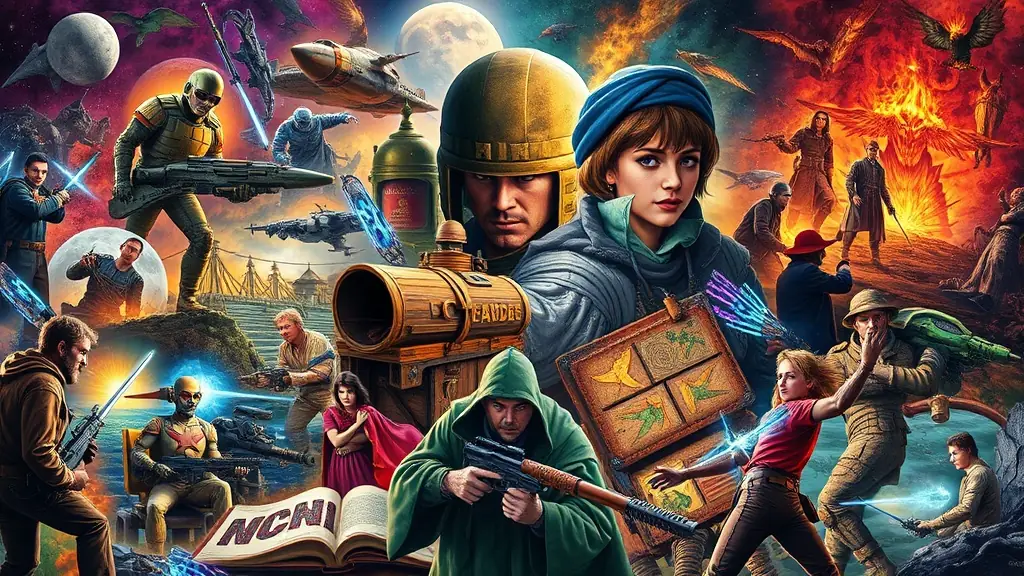Interactive fiction has a storied history that dates back to the early days of computing. Initially, these narratives were text-based, relying solely on written words to convey the story. Games like ‘Adventure’ and ‘Zork’ set the stage for what would become a beloved genre, allowing players to type commands and explore virtual worlds through text. This simplicity laid the groundwork for the evolution of interactive fiction into more complex and visually engaging experiences.
As technology advanced, so did the capabilities of interactive fiction. The introduction of graphics and sound transformed the genre, allowing for richer storytelling and more immersive gameplay. Titles like ‘The Walking Dead’ and ‘Life is Strange’ exemplify this shift, incorporating visual elements and audio to enhance the narrative experience. Players are no longer just reading a story; they are living it, making choices that impact the outcome in real-time.
Looking ahead, the future of interactive fiction is bright, with innovations in virtual reality and augmented reality on the horizon. These technologies promise to take immersion to new heights, allowing players to step directly into the narrative. As we continue to explore the evolution of interactive fiction, it is clear that this genre will remain a vital part of the gaming landscape, pushing the boundaries of storytelling and player engagement. Join us as we delve into the past, present, and future of interactive fiction.

